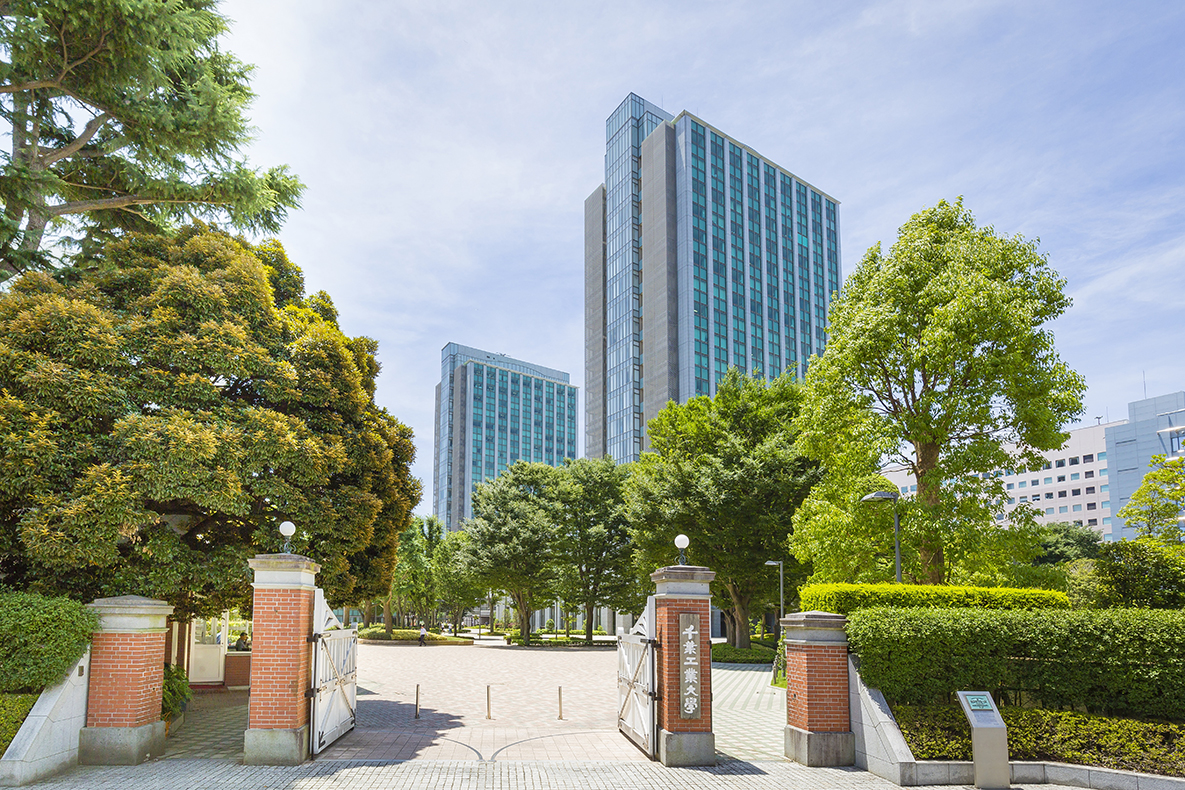Yamamuro of the Graduate School of Frontier Sciences, the University of Tokyo, said that neonicotinoid pesticides (* 1) began to be used in the surrounding paddy fields when the catch of eels and wakasagi decreased sharply in Lake Shishido, Shimane Prefecture. It was found by Professor Masumi and the research group of Industrial Technology Research Institute, Shimane Prefectural Institute of Health and Environmental Sciences, Nagoya City Environmental Science Research Center, and Chiba Institute of Technology.The research group believes that neonicotinoid insecticides may have killed eel and smelt prey organisms.
Smelt also used to catch 200-300 tons per year, but it has dropped sharply since 1993 and has dropped to less than 50 tons per year.No change was seen in the catch of Salangidae.
In 1982, the insect Chironomus plumosus, which lived 1 per cubic meter in Lake Shinji, was not found in a 121 survey, and it was revealed that it disappeared in 2016.Furthermore, it was found that the number of Daphnia pulexa, which accounts for the majority of zooplankton in Lake Shinji, decreased sharply in May 1993.
Neonicotinoid insecticides are water-soluble and are thought to have flowed into Lake Shinji after being sprayed on paddy fields.Salangidae feed on phytoplankton in the early stages, but eels and smelts eat only animals.For this reason, the research group believes that the reduction in food due to neonicotinoid insecticides has led to a dramatic decrease in eels and smelt.
* 1 Neonicotinoid insecticide An insecticide that acts on the nervous system of insects.Some have pointed out that it was the cause of the mass disappearance of honeybees in Europe and the United States.
Paper information:[Science] Neonicotinoids disrupt aquatic food webs and decrease fishery yields


